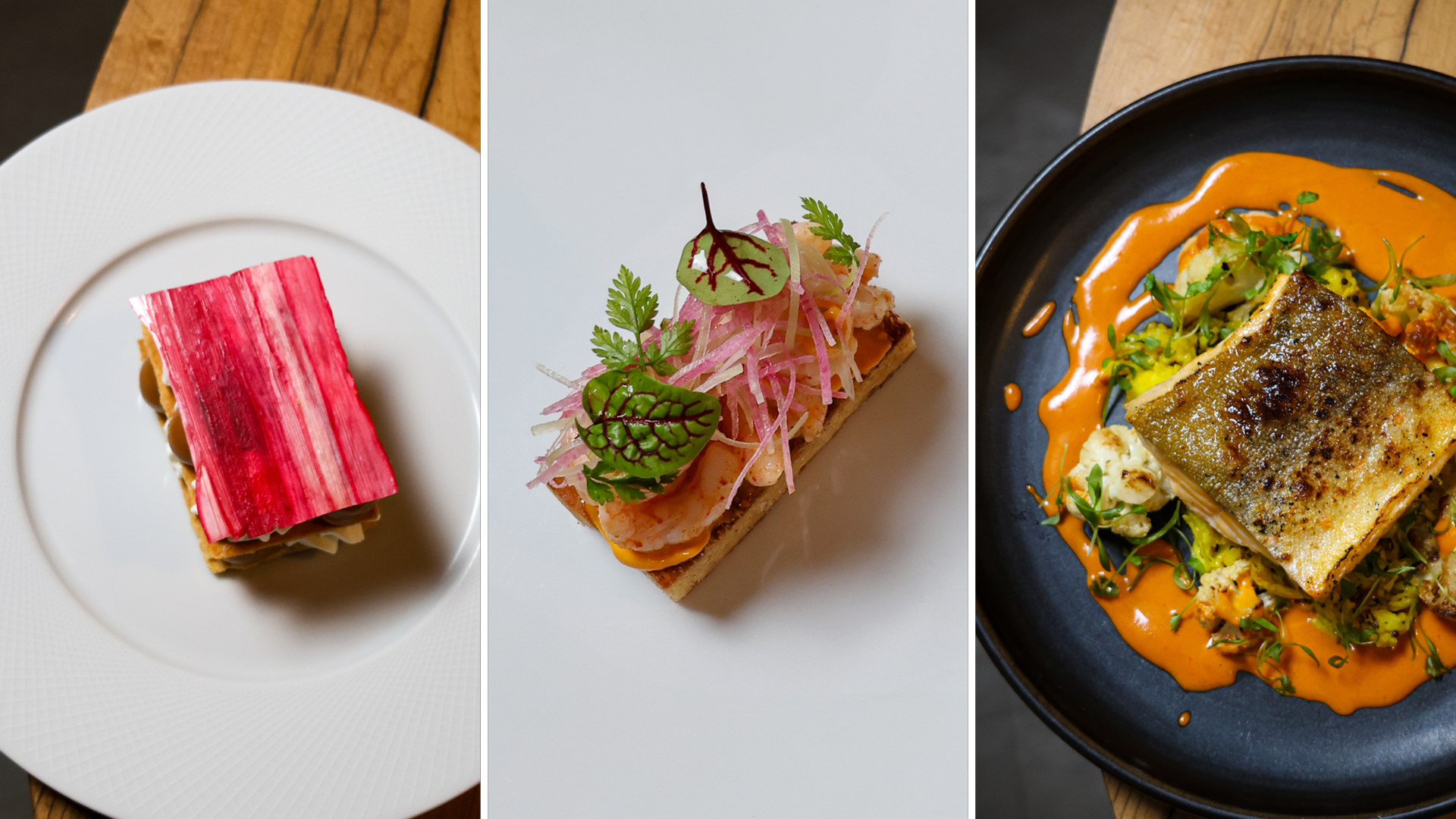Restaurant sales growth continues to outpace total retail sales growth, according to CBRE‘s 2019 U.S. Food in Demand Series: Restaurants.
Steady growth has been fueled by increases in consumer spending, delivery options and technological innovations such as ghost kitchens and dining-in services. Rising consumer demand for delivery options in particular is driving dramatic shifts in restaurant operations and partnerships with third-party delivery providers.
Some restaurants are even doing away with dining rooms altogether as consumers increasingly order food deliveries through apps, reported St. Louis Post-Dispatch (Nov. 15). For instance, Chopt Creative Salad Co.’s newest location, in New York, has no cash registers or tables for customers.
At the location, shelves hold salads ready for pick-up, while delivery workers shuttle other orders through the front door and greeters inside help customers place orders. Delivery orders at Chopt make up nearly half of its business at larger locations, according to CMO Julie Atkinson.
“We are sensing a really huge customer need for speed, for convenience,” she said. “We’re hopeful that this concept really raises the bar on customer convenience.”
Chick-fil-A has similar sites in Nashville and Louisville, where customers order and prepay online with the option for delivery or pickup. The company is also opening three pilot “delivery kitchens” this year in Chicago, Los Angeles and near San Francisco run by DoorDash. The chain shares kitchens with other restaurants to prepare food for delivery only.
CBRE predicts restaurants will continue refining solutions to delivery challenges, including the acquisition of consumer data. Additionally, the concept of native delivery-whereby consumers use a restaurant’s own digital platform to order direct delivery-is gaining traction. More and more restaurateurs are investing in native delivery platforms to offset third-party fees and provide more personalized in-app experiences.
Meanwhile, rapid growth in fast-casual dining will persist among traditional concepts as well as regional and specialty startups entering the market due to lower barriers to entry. Almost four in five restaurants opening by top 500 chains in 2018 were a fast-casual concept. The category is buoyed by health-conscious consumers who are more willing to try new foods and cuisines.
In fast food, the industry will continue to evolve to meet changing consumer demand for healthy food options, technological conveniences and modern designs. Unit growth of the fast food segment has been sluggish. For the top 20 fast food restaurants, units were up by just 1.4% since 2015.
The top three challenges facing the fast food industry in the U.S. are growing competitive pressures, shifts to healthier lifestyles and stringent laws on nutritional disclosure, according to Quantzig. Companies without a strong foothold are stumbling, due in part, to a lack of systemized approaches, but those that carved a niche continue to thrive. For example, McDonalds introduced Healthy Kids Meals and is testing an international menu, while Burger King placed a plant-based burger on its menu across the U.S.
Some established players are also undertaking significant renovations of their stores. McDonald’s is in the midst of a $6 billion modernization plan, including the addition of self-order kiosks, digital menu boards and designated parking spots for pickup. Chipotle added “Chipotlanes,” a mobile-order and drive-thru concept.









